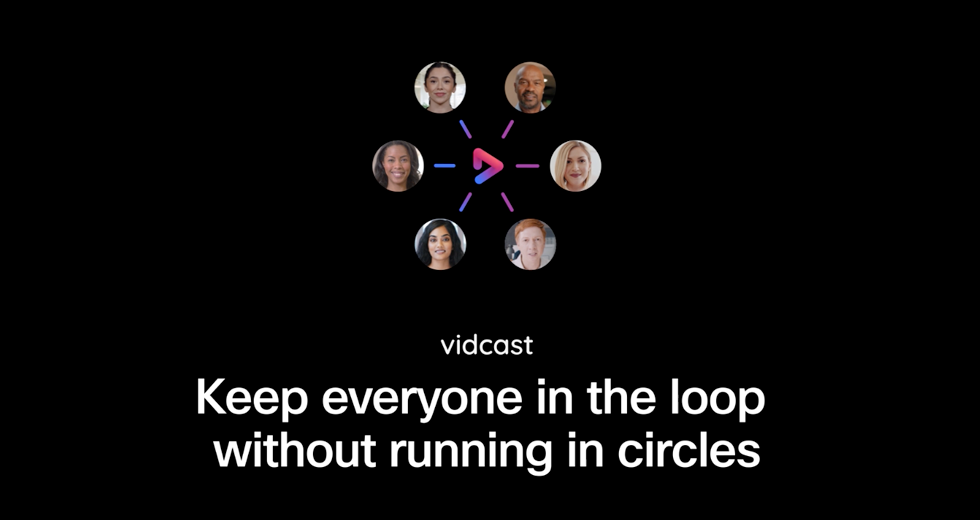Video conferencing security for small business
Now that the professional world finds itself almost entirely online, it’s as good a time to reemphasize how critical cybersecurity is for small and medium-sized businesses. The rush to digitize workflows and procedures may have led some decision-makers to choose the most straightforward consumer-grade tools for preserving business continuity.
Why are there security and privacy issues?
Yet there may be underlying security and privacy issues with solutions that haven’t been vetted thoroughly. Considering the lightning-quick pace with which businesses had to adapt to stay-at-home orders, it’s possible not every solution was put under the microscope.
Learn about the best video conferencing & online meeting software
Video conferencing software
Video conferencing software may fall under this category. Thousands have turned to free tools to fill the collaboration and communication gap. But at the same time, businesses may be putting their operations, data, and employees at risk if they depend on video conferencing software with security vulnerabilities.
See how video conferencing is simple, seamless, and secure. With the Webex mobile app security is built right in
Top 4 tips for SMBs on securing your privacy on video conferencing platforms
Here are some tips for running secure video chats and picking the right solution to drive productivity in remote workforces — and, more importantly, to ensure security and protect privacy.
1) Control who is invited
Trolls are everywhere, and they may be targeting your business. Persons not affiliated with your company may look to do a little online gate-crashing and disrupt your meeting if they somehow get the URL or meeting invite link. They’ll be an annoying nuisance; at worst, they may spam your call with hateful messages and disruptive, insulting behaviors.
Yet you have the controls to keep the trolls at bay. Ensure that anyone you invite to a meeting is a known employee, client, or verified third party. Advise all these participants not to share the meeting link. Also, make sure to lock your video chat once it begins so that only approved invitees can join.
Locking down video conferences is an issue for internal meetings, but more so for external engagement efforts. If you’re hosting a public webinar and didn’t take these precautions, your proceedings may be derailed. That could lead to several consequences, not the least of which is damage to your business’s reputation.
Need help in Webex? Find our Cisco Webex security and privacy resources in our Help Center.
2) Leverage administrative security options
The example above is a cautionary tale, and it underscores how crucial it is for you to have robust administrative security controls. Yet, such capabilities will be sorely lacking in most consumer-grade tech; and if a tool does have such features, it is likely going to be basic and limited.
Maintaining control of security and privacy measures is essential. Most free-to-use tools are not sophisticated enough to match the needs of your business. Your wish list for security controls should include ways for you to:
- Permit users to store their email addresses and names securely so they can quickly join in the future.
- Require authentication for all hosts and attendees wanting to access the site.
- Enforce various lock controls and meeting participant ejection protocols.
- Enable hosts to customize meeting access security within predefined parameters.
- Allow for meetings to be unlisted from public calendars.
- Control screen sharing and recording functions.
- Automatically end meetings after a certain time or if only one attended remains.
- Mandate that attendees have an approved account to join.
Without at least these controls, your business may be woefully underprepared to enforce security and privacy in video conferences, putting your operations and employees at risk.
3) Review the privacy policy
This tip comes from the Federal Trade Commission, which has published a list of best practices for SMBs* that now rely on video conferencing. Checking the privacy policy is a must, and you really shouldn’t move on using a solution without doing so.
However, arranging contingency plans was a frenzy for many businesses, and reviewing the privacy policies of video conferencing tools may have slipped under the radar. This may cause severe issues if you assume a tool stores your data one way, but it does not meet expectations or security requirements in actuality. As the FTC advises, always check the type of data the conferencing software collects, its policy on using your data, and whether it shares information with any third parties. Read about Cisco’s promise to our customers on security in an open collaboration world.
4) Focus on encryption
Choosing a video conferencing solution with end-to-end encryption is the only real way to ensure security for your business calls and meetings. Not only is encryption an advantage for some businesses, but it’s also mandated for others in specific regulated industries like law, finance, and health care.
Most consumer-grade solutions are lacking in this department, and what encryption they do offer is far from the robust end-to-end protection your business needs.
A tool that offers features like password encryption, SHA-2 hashing, and Network-Based Recordings is your best bet for secure meetings.
In closing
Looking for a video conferencing solution that checks all the security and privacy boxes to ensure your meetings are private and productive? Cisco Webex is a leading choice among SMBs of all sectors. We place security and privacy at the top of our priorities, and with Webex, you don’t need to worry about sacrificing ease of use or user experience for security controls.
Want to learn more about Webex and all its features and the value it can provide your business? Reach out for more information or get started with our free offer today.
Learn More
How to create a video conferencing agenda
Personalize your team meetings with these top four screen sharing features
Video conference with security you can trust
Resources
Securing users and devices in Webex
Webex Products & Solutions
Still Need Help?
What would you like to do?
Learn more about web meetings and video conferencing.
Visit our home page or contact us directly for assistance.


